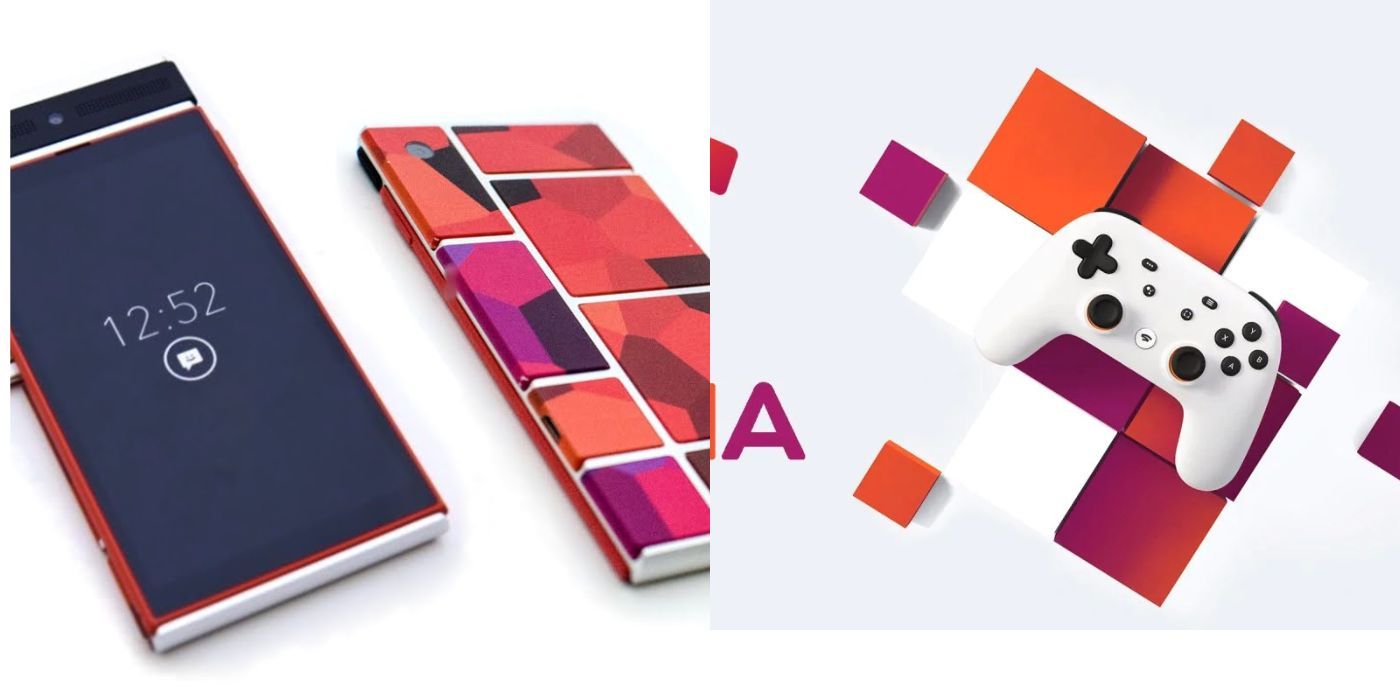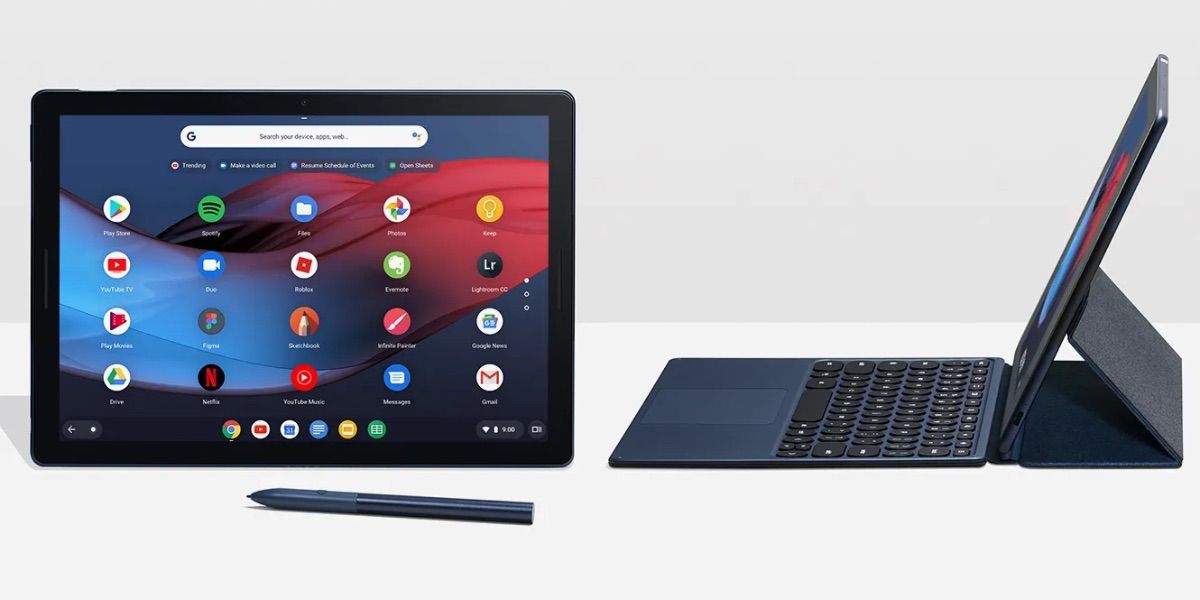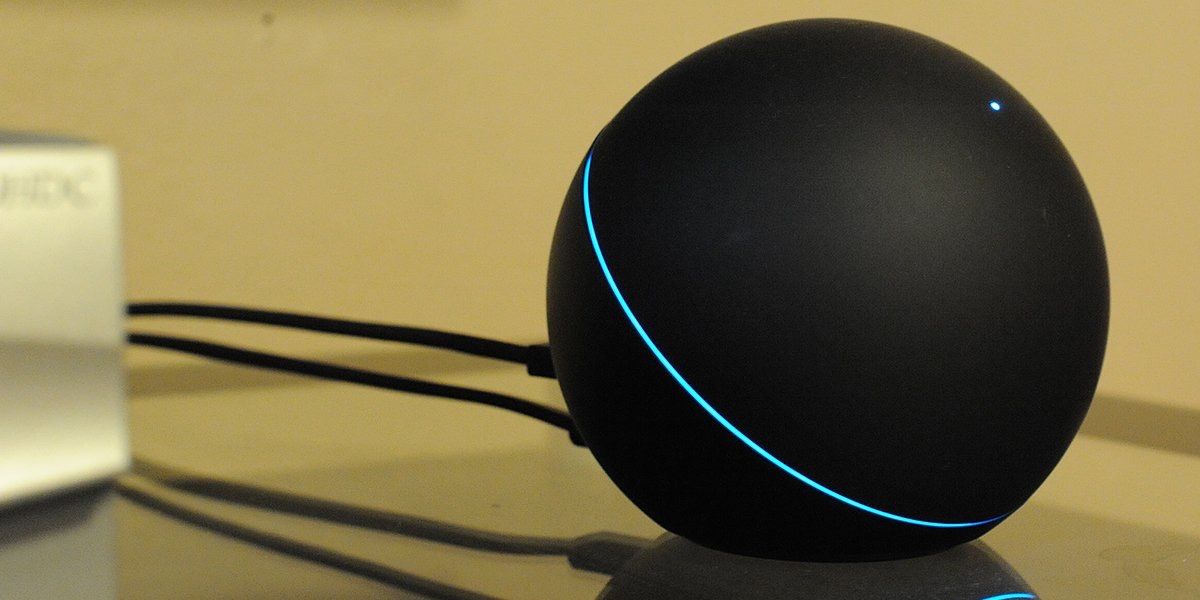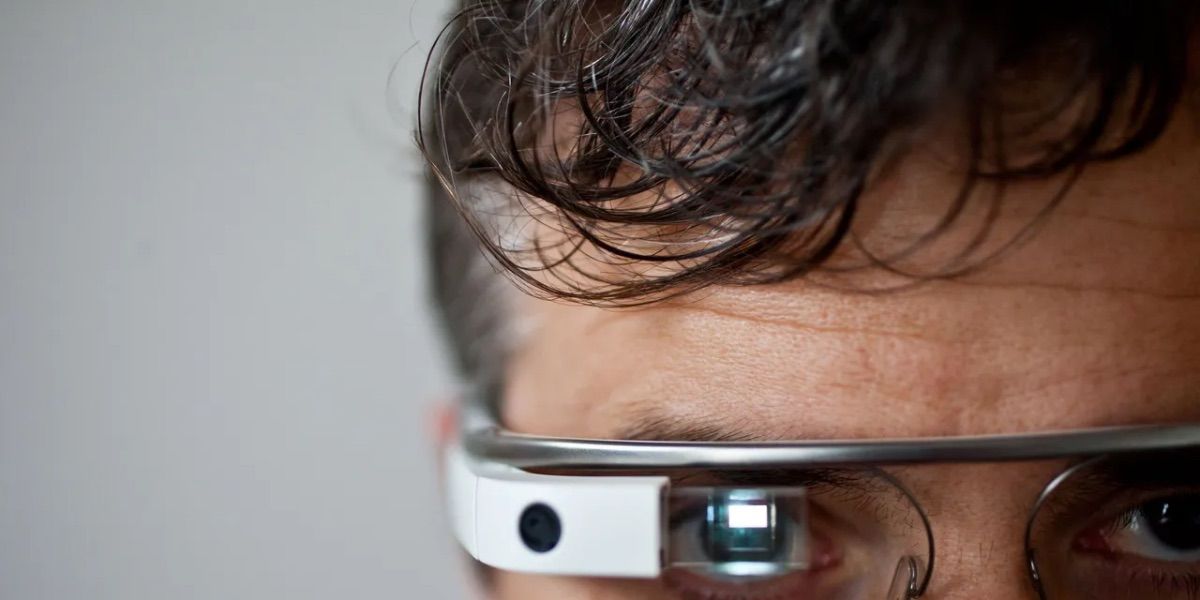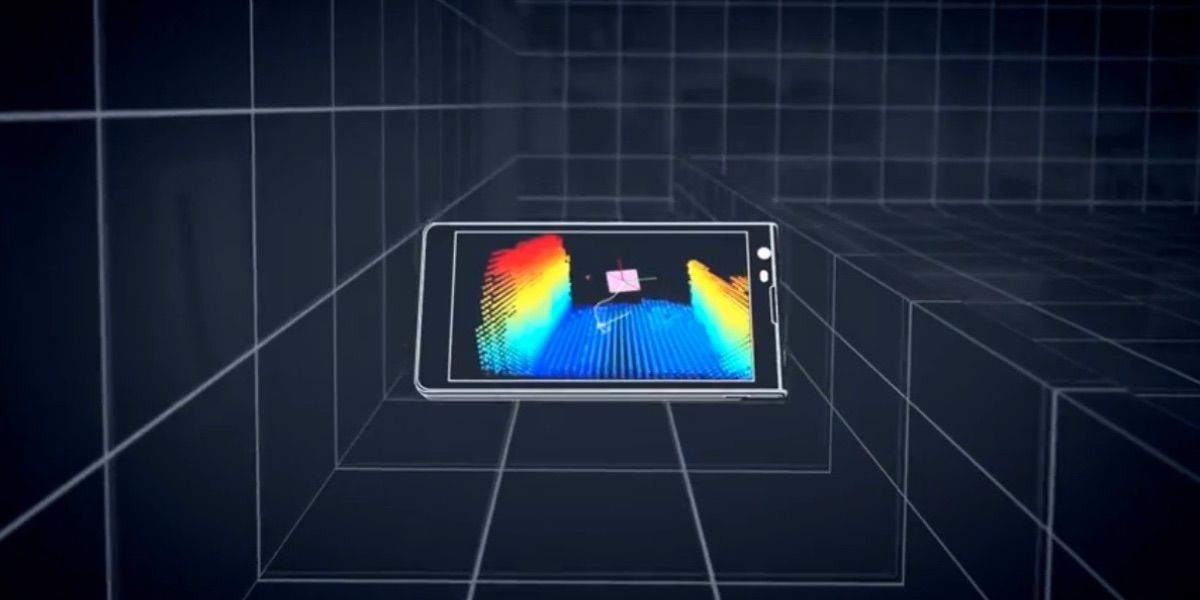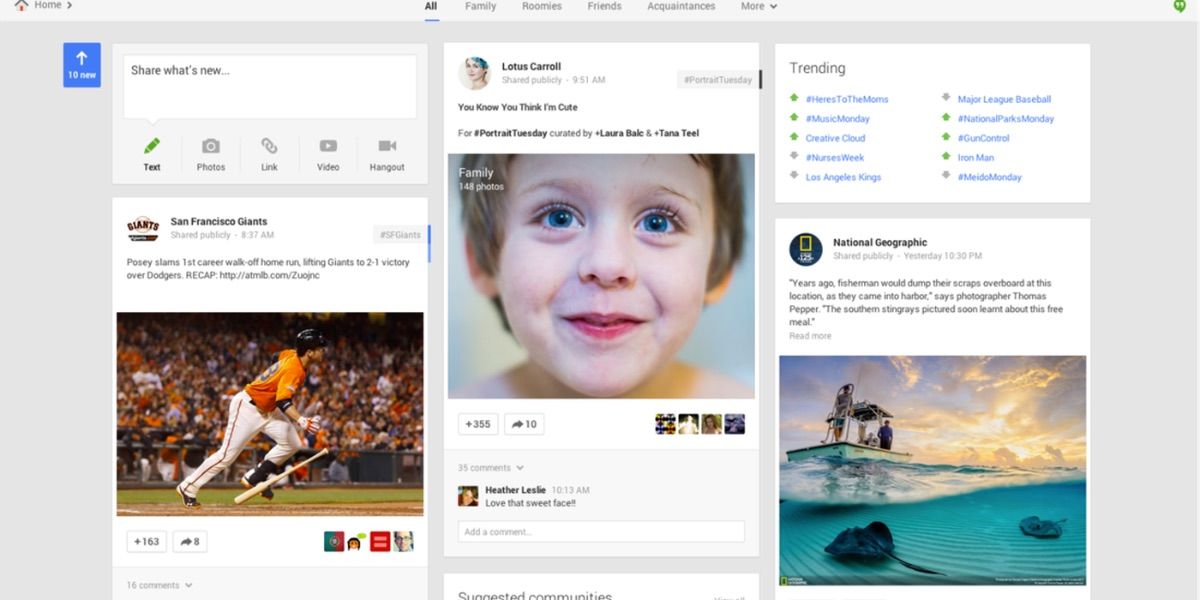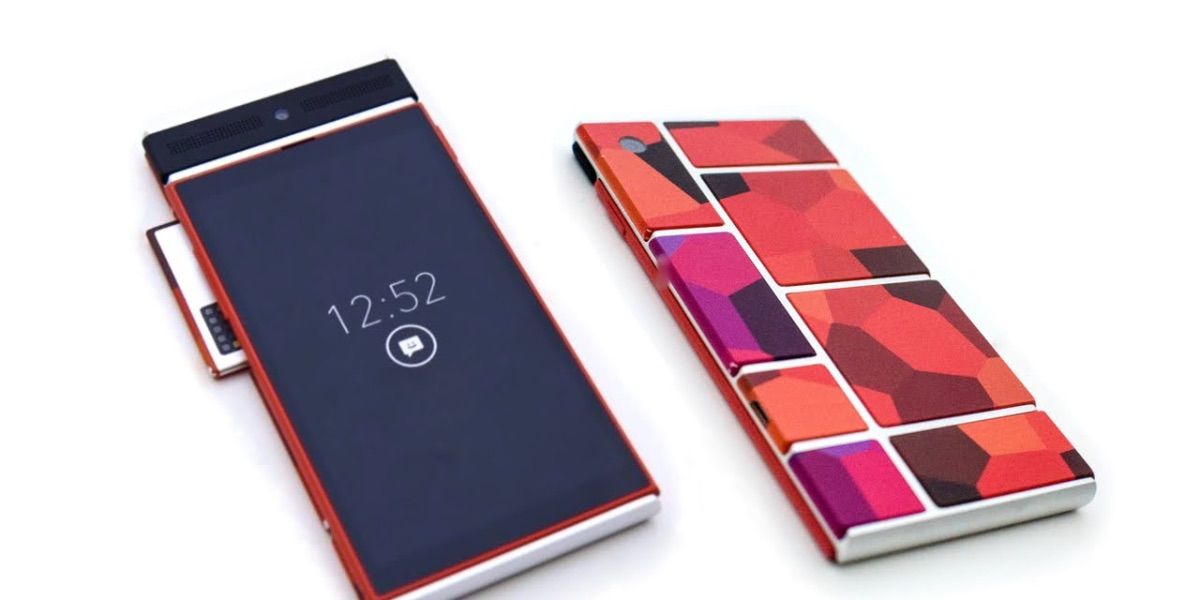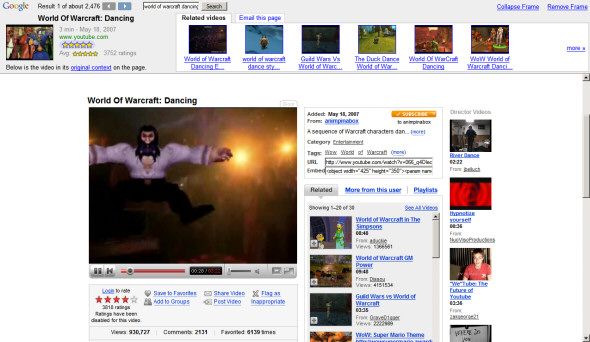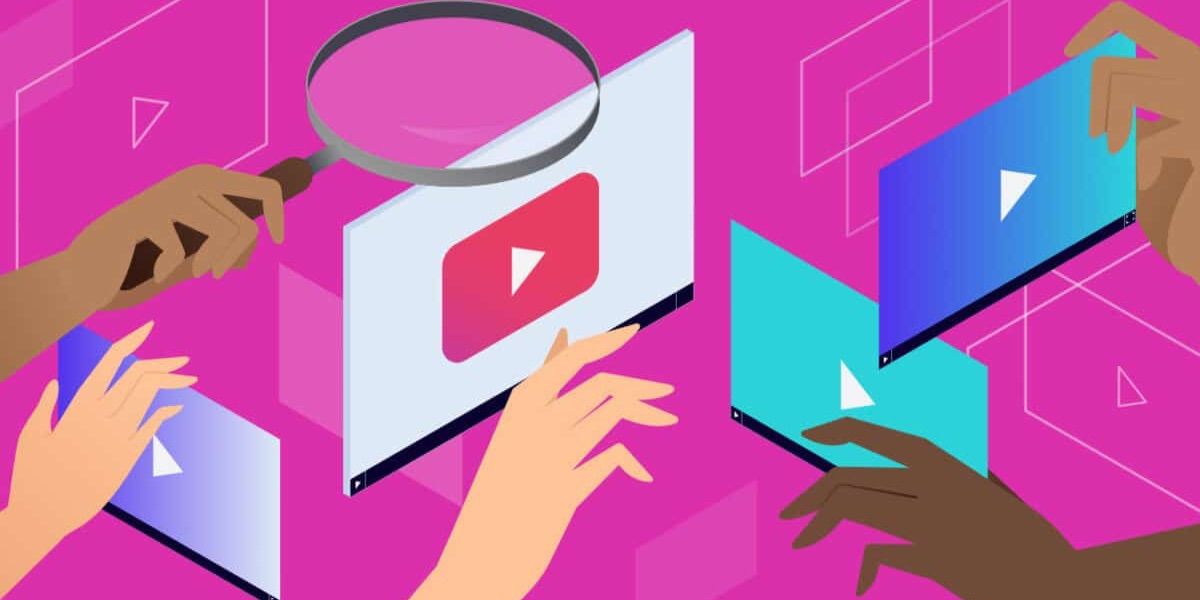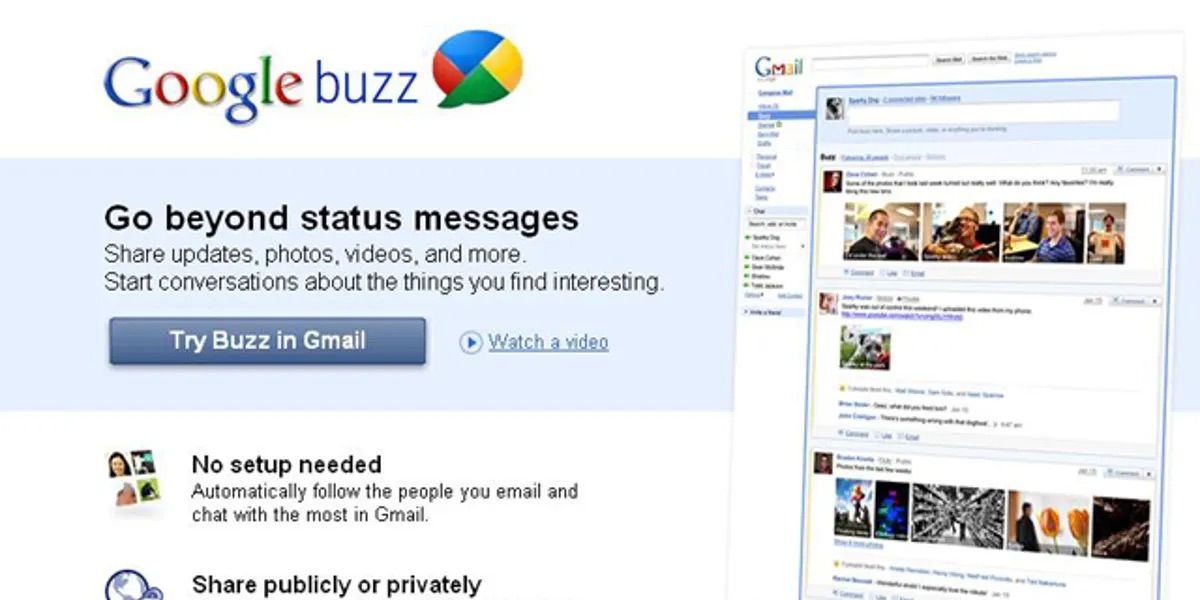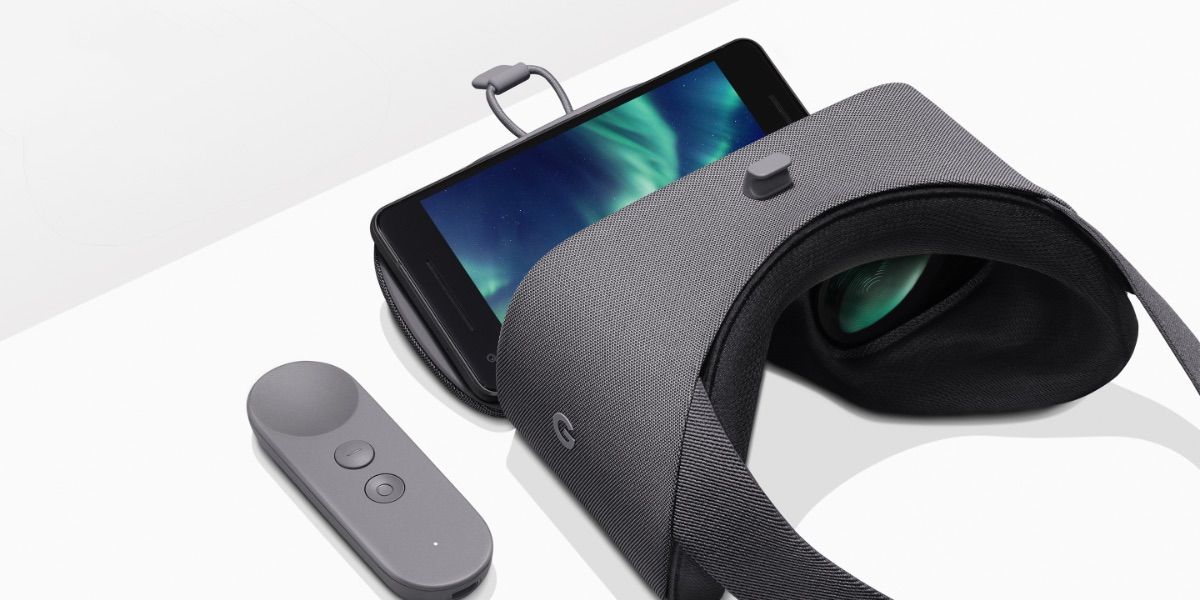With the launch of Pixel 7 and Pixel Watch just around the corner, fans are really excited about what the company has to offer this time. Google is known for working on a ton of new products and services, some of which turn out to be hugely popular and successful while others are cancelled or slowly fade away.
Sometimes a product does not work because of some inherent problems with the execution, while sometimes, the idea is just ahead of its time.
Pixel Slate
Pixel Slate was Google's attempt at competing with the iPad. It was launched in 2018 when the android tablet market was tanking. It was a detachable tablet running Google's Chrome OS, very similar to Microsoft's Surface Pro.
On its launch, The Pixel Slate was full of bugs and failed to gather any foothold in the market. During this time, Samsung was making strides with its Galaxy Tab series, which further damaged the Slate's attempt to gather any steam. For $600, the product failed to offer anything above the iPad.
Nexus Q
Nexus Q was launched at the Google I/O developers conference in 2012 and shortly went on sale after. The product was described as a media player with the capability of receiving audio and video content from other services. At the time, it was one of the most unique things that Android phones were able to do.
One of the biggest reasons for its failure was its limited functionality. Although Nexus Q was similar to modern-day streaming boxes, its functionalities were very limited. It could only stream from Google services and be used with Google devices. It did not have its own navigable OS and relied solely on other android devices. On top of this, it cost $300.
Google Glass
Google Glass might be one of the biggest public failures from Google. Although the concept was interesting, the lack of execution tanked what could have been the future of computing.
Google Glass was launched at a price point of $1500 and came with a wide array of problems, including privacy concerns of people being recorded without being aware. The glasses looked clunky and had very limited functionalities, especially with the technology present at the time.
Google Tango
Tango was Google's early attempt to bring AR to mobile headsets. Although the concept was there, the tech lacked execution, and it can also be argued that it was ahead of its time. Tango required specific camera hardware to operate and create 3-D meshes of spaces. Android fans often get into arguments about the fact that they received AR before iPhones.
The additional camera hardware was not only expensive but also clunky looking and was very sluggish and full of bugs. Any available apps at the time lacked any major functionalities and any compelling apps felt half-baked.
Google+
Google+ was the attempted answer to Facebook at the time. Google was aiming for the service to be the next Facebook. Although the service had the social networking functionalities like Hangouts, Photos, Circles, Streams, etc. there was no "Breakout" feature to attract people from other social networking platforms.
Google+ also failed to scale up and finally shut down in 2019 after a seven-year run. The service also went through two data leaks which further damaged its attempts to gather steam.
Project Ara
Project Ara was quite brilliant as an idea, a modular smartphone whose internal components could be upgraded and swapped according to the user's needs. It was compared to a Lego Smartphone at the time, and fans were genuinely looking forward to playing around with it. Through this, users could choose to have an amazing camera on an affordable phone if they prefer the particular feature over others.
Google had promised to send out developer units in the fall of 2016 but failed to do so and instead shut down the entire development unit. It is unclear as to why this was scrapped, but it could have been a very interesting take on the smartphone market.
Answers
Google Answers was an attempted service where users could pay for experts in the field to answer their questions. Users had the option of paying anywhere from $2 to $200. Although the service stuck around for some years, it never gathered momentum.
There was a lot of public backlash to this service. Google is known for providing information for free to anyone anywhere. The concept that users had to pay for the correct information did not bode well with the audience.
Google Video
Google Video was the company's answer to YouTube (before it actually owned it). With the rising popularity of YouTube in 2005, Google answered back with their own service where users could upload homemade videos, and the company was also aiming for professional TV-like content to be uploaded on the platform.
Google Video just couldn't compete with YouTube, and the acquisition of YouTube in 2006 signaled the demise of their service. Google also attempted to merge Video with YouTube, and the service stopped uploads in 2009 and finally closed down in 2011.
Google Buzz
Google Buzz was another attempt by the company to compete with Facebook and Twitter. The service was launched on February 9, 2010, and shut down on December 15, 2011.
During its short stint, the service was hit by multiple class action lawsuits for breach of privacy. A lot of users felt that the display of followers or following list was sharing a Gmail user's most frequent email contacts without consent. Google was also charged with Deceptive Privacy Practices by the FCC. By this time, Buzz had lost any public goodwill and was eventually replaced by Google+.
Daydream
Daydream was another attempt at VR and AR by Google. It was a more premium version of the cardboard headset which they had introduced prior to this. The headset was quite draining on phone batteries.
Although this version was more premium and comfortable, it did not add any new functionality to the device, and it could only work with Google Pixel and Moto Z. On top of this, there were no good apps for users to try. For $79, consumers did not see any utility in getting the headset.

